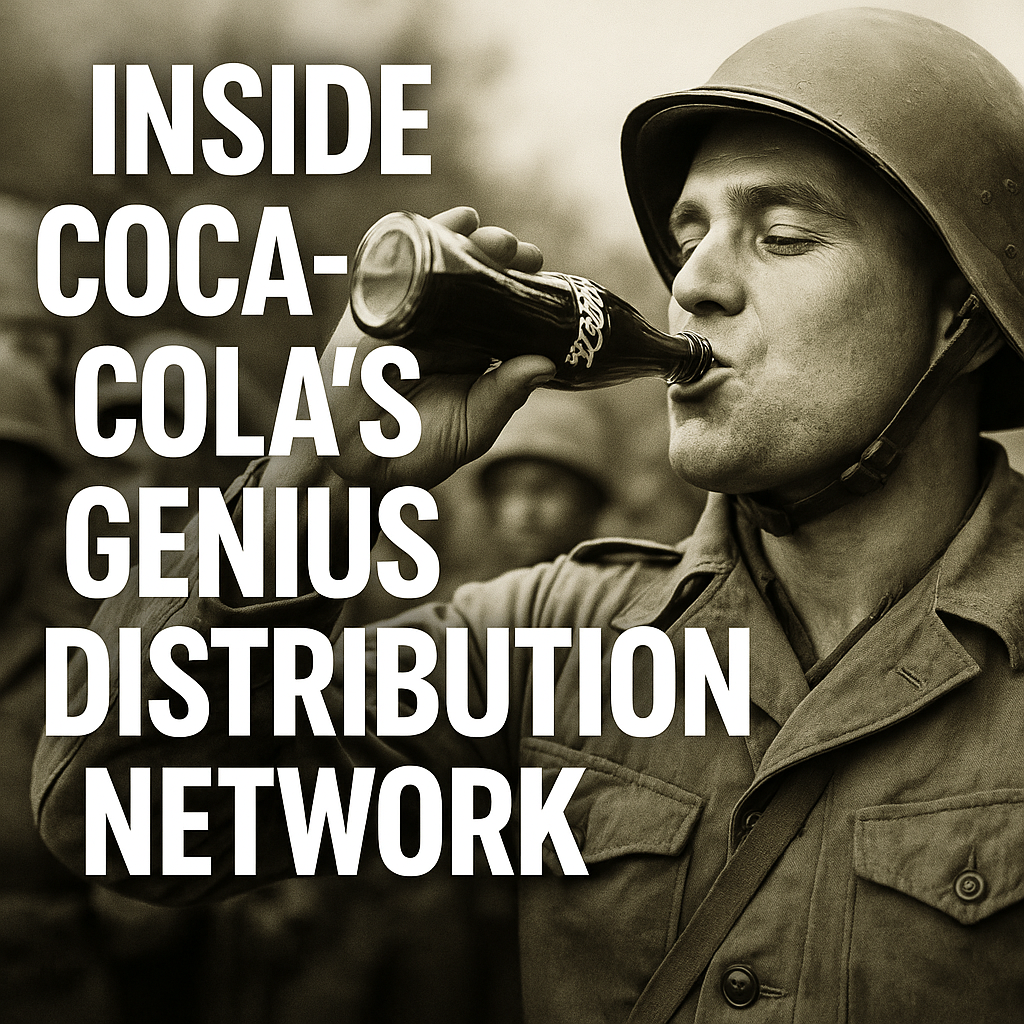
Inside Coca-Cola’s Genius Distribution Network: Why Local Beats Global
Imagine selling 1.9 billion products each day without directly controlling the vast majority of the production. Sound impossible? Coca-Cola has mastered this reality.
What looks like a gigantic global empire is actually a finely tuned hybrid distribution system. Coca-Cola operates by orchestrating local partners rather than dominating every link in the supply chain. Here’s the secret behind their unstoppable growth.
Local Roots, Global Reach
Coca-Cola’s immense strength comes from its partnership with over 250 independent bottling companies around the world. Contrary to popular belief, the drinks you sip are rarely shipped long distances; instead, they’re crafted locally to meet regional tastes.
Every single bottle of Coke you drink is likely produced within a few hundred miles of where you bought it. This ensures freshness and responsiveness to local consumer preferences, giving Coca-Cola an edge in markets as diverse as Tokyo, Nairobi, and Rio de Janeiro.
The Hybrid Model: Blending Franchise with Ownership
What makes Coca-Cola’s distribution system truly remarkable is its flexibility. Initially, Coca-Cola acts as a direct investor, sometimes acquiring controlling stakes in new or strategically significant bottling operations to ensure successful market entry and consistency. By 1977, Krating Daeng wasn’t just popular—it was a phenomenon, overtaking international competitors and becoming the working man’s emblem of perseverance amidst Thailand’s booming economy.
But this ownership is short-term. As these bottlers grow stable, Coca-Cola strategically divests its controlling stakes, shifting towards a franchise model. By doing this, Coca-Cola significantly reduces its capital expenditure (CAPEX), keeps financial risks manageable, and maintains high scalability.
Control Without Ownership: A Strategic Balance
Even when transitioning to franchising, Coca-Cola often retains a minor equity stake. This smart maneuver allows them to maintain influence and operational consistency without bearing heavy capital burdens. For example, in 2019, Coca-Cola acquired controlling interests in bottling operations in Zambia, Kenya, and Eswatini, with plans to franchise these once they stabilized.
This blend of ownership and franchising helps Coca-Cola execute local marketing strategies efficiently. In 2019 alone, the company invested $4.4 billion in localized promotional and marketing initiatives, empowering their partners while ensuring brand consistency globally.
Capillary Distribution: The Power of Local Networks
Another strength is Coca-Cola’s finely meshed distribution network. Partner bottlers work closely with grocery stores, restaurants, convenience stores, and other local outlets, ensuring Coke products seamlessly reach the consumer’s hands. It’s an elegant system—powerfully local yet undeniably global.
The Coca-Cola Formula: Keep it Close, Keep it Local
Coca-Cola proves that global dominance doesn’t require total control—it requires smart partnerships. The strategy behind their powerful network is clear: blend local responsiveness with global branding power.
As consumers increasingly favor locally-oriented products, Coca-Cola’s strategy offers valuable lessons in distribution. Perhaps the best way to rule globally is to deeply respect local tastes, traditions, and businesses.
Could this hybrid distribution strategy be the key to sustainable global growth? Let us know your thoughts!
